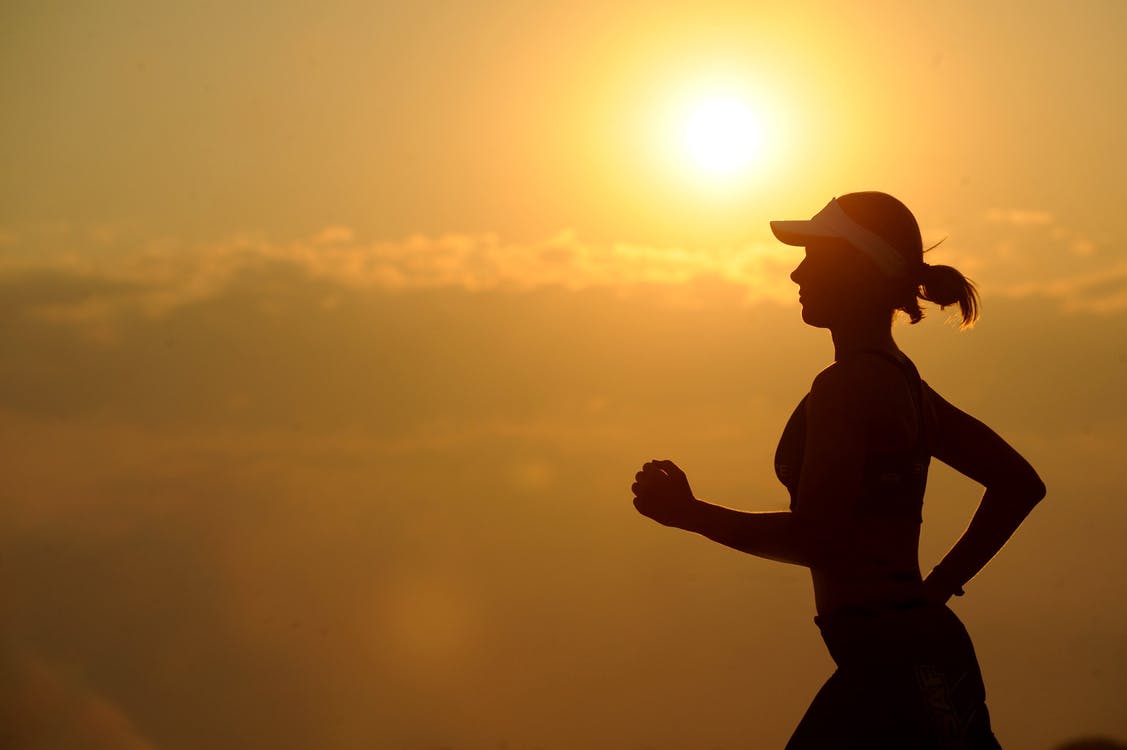
Can a vegan be a successful endurance athlete?
Being a vegan can feel like a game of chess at times, especially if you’re concerned about having a nutritionally well-balanced diet. You start with questions about whether an item is vegan-friendly. Then, you’re running calculations to figure out how much of a certain macronutrient you’re getting and whether it’s enough. [Example: How much B12 is in the gallon of nutritional yeast I sprinkled over all of my meals? Is that one serving?]
If you’re an endurance athlete, you can magnify that feeling tenfold. Any athlete can tell you that, vegan or not, diet has an extraordinary influence over your performance. For endurance athletes like long-distance runners and cyclists, you’re losing more nutrients over a sustained period of time and often need to replenish mid-activity.
But there are many examples that prove you can thrive as a plant-based athlete. The Appalachian Trail thru-hike record was broken by long-time vegan Scott Jurek in 2015, just one of his many accomplishments in the ultra-running world. Rich Roll is one of the strongest ultra-endurance athletes out there at 54 years old. And many other famous athletes, like Venus Williams in tennis and Tom Brady in football, are either fully or mostly vegan.
So, how do you do it in a successful way that won’t have you counting macros every spare minute of the day? The good news is that it’s not that complicated. As with any diet, there are things your body needs before, during, and after each activity to perform well. If you neglect to eat a well-balanced diet, your performance will suffer. But when you’re eating well, you’ll notice the positive results.
Plan everything out.
You might roll your eyes at this advice – either because it’s obvious or because you’re not a planner. But I’m going to double down because this is the difference between a good day and a bad one. Plan out in advance what your meals are going to look like based on how far you’re going. Do some prep work for the meals where you won’t have the energy to cook something (i.e. right after your workout).
And plan out how you’re going to fuel during your workout for the longer days. You should generally plan to get something in your body three or four hours before you train. That gives your body time to digest whatever you ate and avoids painful stomach cramps. If you’re active for more than an hour, you’ll want to consume something every half hour or hour.
Balance, balance, balance.
What do you eat for a long day on the trails? Everyone needs more protein, fats, and carbohydrates than they might get on a less intense day. The day should start with carbohydrates. Fats are also a good thing to add on if your workout isn’t very intense.
During the workout, you want to replenish all those glycogen levels that you’ve lost by consuming carbohydrates. You’ll notice a boost in energy as you continue. The amount really depends on your weight; it could be as low as 30 grams an hour or as high as 60. It takes some practice to find something that doesn’t upset your stomach, so be prepared for trial and error. There are a lot of vegan energy gels on the market, and you can also find recipes online for homemade versions.
Protein is what stops muscles from breaking down. Popeye is a great visual for this, but imagine he ate tofu instead of spinach. Replenish those muscles after every activity with a protein shake, peanut butter toast, or some tofu scramble. The sooner you eat, the better.
Of course, every body is unique and the requirements vary, influenced by everything from DNA to dietary history. There’s no way that a blog post can or should give prescriptive answers on what a person needs to consume for proper performance. A nutritionist is the best person to seek out for those answers. The takeaway here is that, by tailoring the general guidelines to your specific needs, you can dial into your ideal routine and achieve at high levels as a vegan endurance athlete.
